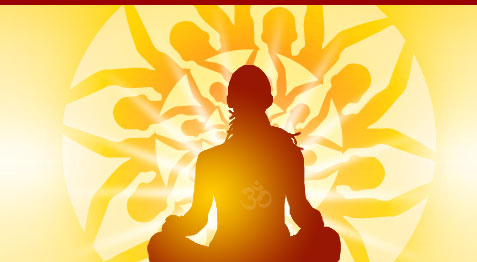Ardha Matsyendrasana
Techniques
Place your right heel near the anus(buttock). Do not move your heel from this position. Bend you right knee and put you left ankle beside you right knee. You left armpit shoul touch the outer side of you right thigh. Then hold the toe of your right foot with the right hand. Twist the spine slowly exerting force on the joint of the right shoulder. Let you spine twist to the right side as far as it will go. Turn you head to the right side as far as possible. Take you head to the right side as far as possible. Take your right hand back and try and hold your right thigh with it. Keep the spine erect. Remain in this position for five to ten seconds. Repeat the same on the other side. This asana makes the spine flexible.
Benefits
- Ardha-Matsyendrasana is an important Asana because it is recommended for physical fitness as well as for inner awakening.
- In Ardha-Matsyendrasana we attempt to maintain a physical balance between the right and the left sides of the body. This is done by turning the body in either direction with the spine as the pivot.
- On the physical side, Ardha-Matsyendrasana improves appetite and tones up the digestive system because it helps kindle the fire of Prana (energy).
- It also helps to improve the functioning of the liver, kidneys and the reproductive system.
Since all the joints in the body are stretched, the causes of rheumatism, arthritis, spondylitis and cervical disorders can be removed. - In the western system of physical culture such spinal twists are never found. They are unique to Yogic culture.
Matsyendrasana is named after Baba Matsyendra-Nath, the founding father of the Hatha Yoga lineage. He is said to have received his initiation into Yoga directly from Lord Shiva. - The flow of blood to the spine is increased and this tones up the junctions of the nerves which branch out to the various limbs through the spinal column
- On the subtle side, this Asana clears the Nadis(the pulse), the subtle body channels, which covey the 'Pranashakti'(bio-energy) from the base of the spine to the brain.
If you were to select only one Asana for physical well-being, because you do not have enough time for 'Sadhana', then this is it.
Cautions
Do not maintain this Asana for long not more than a minute and a half. A new student could start with a minimum of half a minute and increase it to one and a half minutes. Care should be taken not to strain the elbow joint as it could result in a facture. The danger is completely avoided by first firmly setting the shoulder against the knee. Care must also be taken not to allow any portion of the scrotum to slip between the heel and the perineum. Sometimes an attempt is made to sit on the heel, but this is wrong and should be avoided. Throughout the practice, the student takes care to see that his chest stands erect and does not droop. Breathing could be fast but try to bring it down to a normal cycle. This Asana should not be practiced during pregnancy or when Hernia is suspected.


